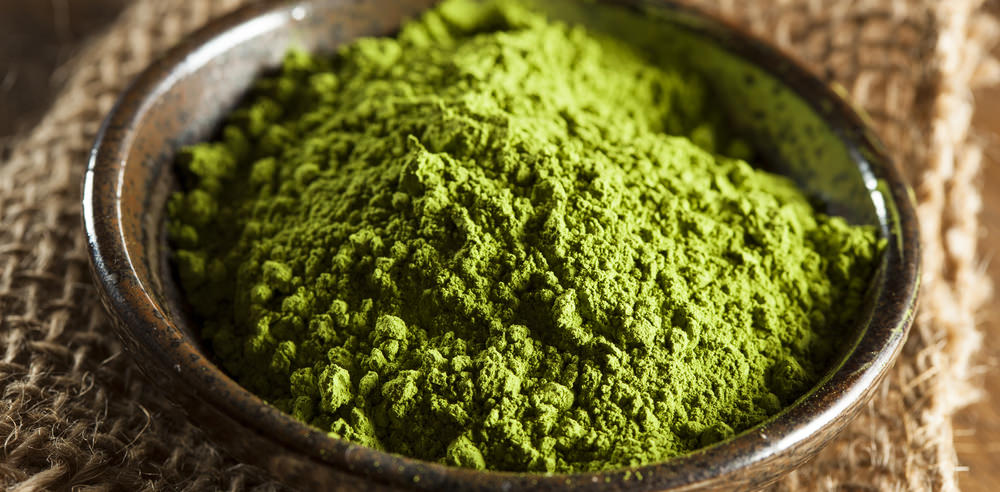
Shincha is a very rare type of Japanese green tea that is only available once a year in the spring. Because of its limited availability, premium blends can sell for as much as $2000 per kilogram!
In Japanese, shin means new and cha means tea, so it literally means new tea. It is called new tea because it is the very first harvest of green tea in the spring. The tea picking begins in early April in the southern growing region of Kagoshima and moves its way north throughout the month.
There is a very small time frame for tea harvesting before the new leaves get too big. Many tea-processing facilities will work non-stop because the leaves must be processed the same day they are picked in order to preserve their freshness.
 Fresh tea leaves
Fresh tea leaves
Tea plants store up nutrients in the winter in order to grow new leaves in the spring. These first picked leaves are full of nutrients.
The young tea leaves contain high amounts of the amino acid L-Theanine, making it naturally sweet and smooth. It also has lower amounts of catechins and caffeine, so the taste is less bitter and astringent than regular green tea.
Every year, there are tea competitions in Japan for the best first flush of tea leaves. Often, the leaves are handpicked for these competitions because only the smallest, youngest, most delicate leaves are used. The leaves are so delicate; they can break easily if picked by machine.
 Becki picking tea leaves
Becki picking tea leaves
Shincha is only available from April to July. Although popular in Japan, it is difficult to find in other countries.
Tea leaves in general should be stored in an air-tight container at room temperature. They are very sensitive to changes in temperature. Shincha will degrade faster than regular green tea, so it should be consumed within 3 months.


